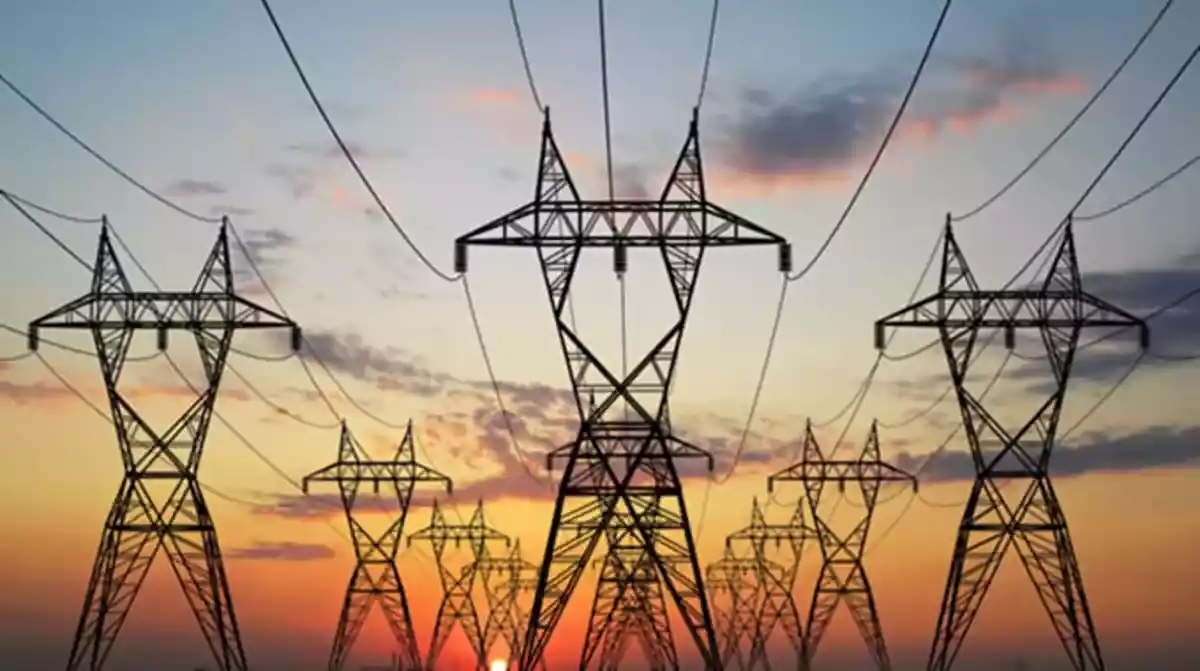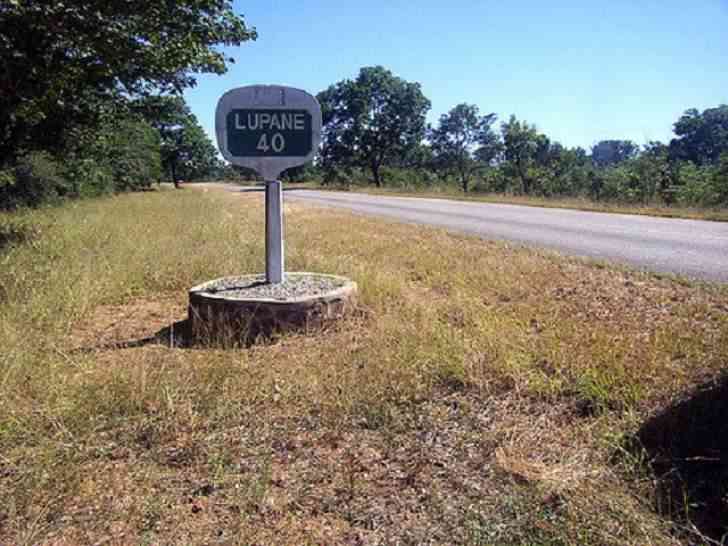
THE country’s electricity sector outlook remains troubled in the short term as investments into increasing capacity are being outstripped by growth in demand for power, a leading research firm has projected.
The electricity situation in the country has been in decline over the years because of ageing power plants, transmission losses and sub-economic tariffs.
From a total installed capacity of 2 045 megawatts (MW), only 1 501MW is currently operational versus recorded peak demand of 2 200MW, resulting in increased reliance on electricity imports to plug the deficit.
Power imports in 2022 were averaging a bill of US$20 million monthly with the ongoing power crisis in South Africa, Tanzania and Zambia increasing competition for available excess power within the region.
Mining and manufacturing industries remain the major consumers of electricity and demand is set to rise from the government drive to resuscitate idle mines, which may push up demand to 3 500MW by 2025.
“Productive sectors have cited a lack of affordable and reliable electricity as a stumbling block to growth and performance,” Inter Horizon Securities (IH) said in its latest mining sector report.
“The main electrical power sources in the country are thermal and hydro with hydroelectricity unfortunately now privy to climate change dynamics.”
Currently, US$1,5 billion from a China Eximbank loan facility is being used to add an additional 600MW generation capacity to Hwange, while US$110 million was acquired from the Indian Eximbank to upgrade power supply to Bulawayo.
- Experts downbeat as Ncube cuts GDP forecasts
- Experts downbeat as Ncube cuts GDP forecasts
- Mnangagwa edict ‘will cripple ZSE’
- Tourism industry sees long road to recovery
Keep Reading
“Outlook for the sector in the short term remains troubled as investments into capacity are being outstripped by growth in demand for power,” IH said.
Although Zimbabwe has vast and diverse energy resources, the per capita energy consumption is only 24,0 gigajoules (GJ), compared with an average of 200 GJ for the developed countries, the report shows. The main sources of energy used in Zimbabwe comprise coal, wood fuel, electricity and petroleum fuels.
According to a published national energy balance report, wood fuel provides the bulk (61%) of the total energy supply, followed by liquid fuels (18%), electricity (13%), and coal (8%).
Zimbabwe has a low electrification rate of 37%, with rural electrification lagging behind the regional average of 36% at 13%.
As a result of the electrification deficit, the common energy source is firewood.
Independent power producers (IPPs) in Zimbabwe are currently contributing less than 1,5% of domestic generation.
As at December 31, 2021, there were 21 operational IPPs, totalling 139MW and eight IPPs in construction (129MW), of which 43% would be for own consumption.
Mining firms have also started supplementing the local grid with green energy, as in the case of Caledonia Mining Corporation’s 12MW plant, which will take care of 27% of daily power needs at Blanket Mine.
Zimplats has also embarked on a 185MW phased solar plant at a total project cost of US$201 million.










